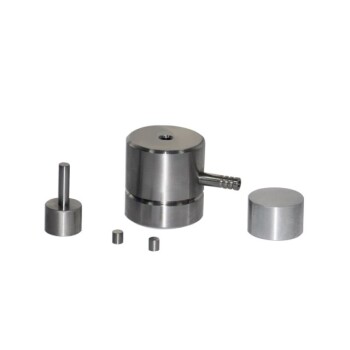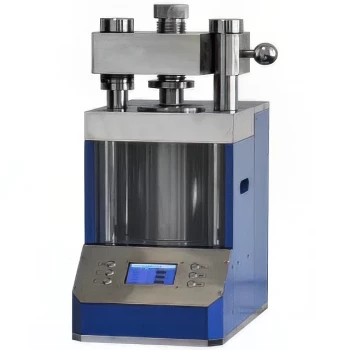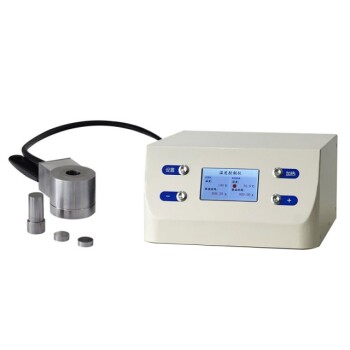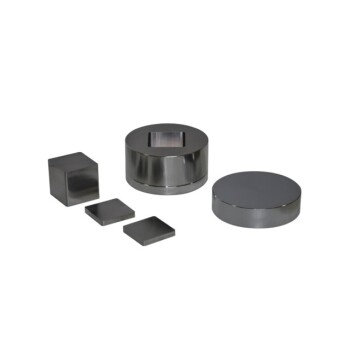To determine the most accurate way to test soil, it is essential to consider both rapid on-site methods and detailed laboratory analyses.
Rapid on-site methods, such as using a handheld X-ray fluorescence (XRF) spectrometer, offer quick results and can be used for preliminary screening.
For comprehensive and detailed analysis, sending soil samples to a specialized soil testing laboratory is recommended.
This approach ensures a thorough examination of various soil parameters, including nutrient content, pH, heavy metals, and other contaminants.
4 Key Methods for Accurate Soil Testing Explained

1. Rapid On-Site Screening Methods
Handheld XRF Spectrometers
Advantages: These devices allow for rapid on-site screening of heavy metals and other contaminants.
They provide stable and accurate results within seconds, covering over 30 elements simultaneously with minimal sample preparation.
Ease of Use: They are user-friendly, requiring minimal training, and can be operated immediately out of the box.
Cost and Time Efficiency: By reducing the number of samples that need to be sent to the laboratory, these devices significantly lower analysis costs and time.
2. Detailed Laboratory Analysis
Comprehensive Testing
Parameters Tested: Laboratory tests can analyze a wide range of parameters, including pH, calcium, phosphorus, potassium, organic matter, heavy metals, and other contaminants.
Sample Preparation: Proper sample collection and preparation are crucial.
This involves taking representative samples from different areas of the studied object, ensuring they have similar parameters and characteristics.
Avoiding Data Distortions: Removing unwanted organic and inorganic objects from the sample and, if necessary, calcining to remove moisture ensures accurate results.
3. Importance of Preliminary Quick Checks
Initial Screening
Conducting a quick test before sending samples to the laboratory helps in marking the sample and obtaining preliminary data for further comparison with in-depth analysis results.
Efficiency and Economy
Proper sample selection and preparation for in-depth analysis using handheld spectrometers ensure efficient and economical results.
4. Overall Considerations
Balancing Speed and Accuracy
While rapid on-site methods provide quick results, detailed laboratory analysis offers a more comprehensive and accurate assessment of soil quality.
Ecological and Agricultural Implications
Accurate soil testing is crucial for maintaining ecological balance, ensuring agricultural potential, and meeting international agricultural standards.
Technological Advancements
The use of advanced technologies like X-ray fluorescence for elemental analysis ensures high-quality and efficient testing, widely used in various industries, including agriculture.
By combining rapid on-site screening with detailed laboratory analysis, one can achieve the most accurate and comprehensive understanding of soil conditions.
This dual approach ensures both efficiency and thoroughness, catering to the needs of agricultural and ecological assessments.
Continue Exploring, Consult Our Experts
Discover the precision of KINTEK SOLUTION's advanced laboratory equipment and consumables.
Experience rapid on-site soil analysis with our handheld XRF Spectrometers for quick screenings.
Elevate your soil analysis with our comprehensive laboratory services.
Balance speed and accuracy, and transform your ecological and agricultural assessments.
Don't wait – elevate your soil testing game and contact us today to explore how KINTEK SOLUTION can support your needs.
















